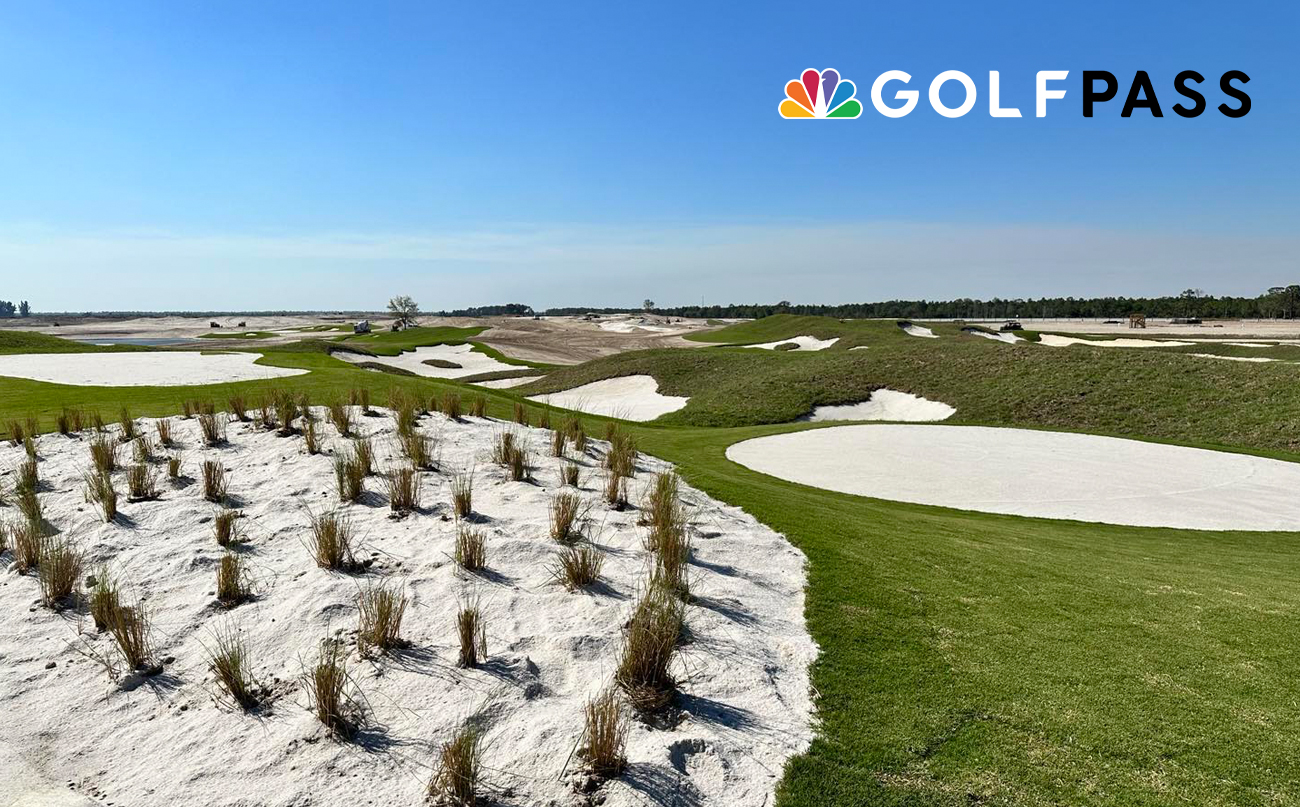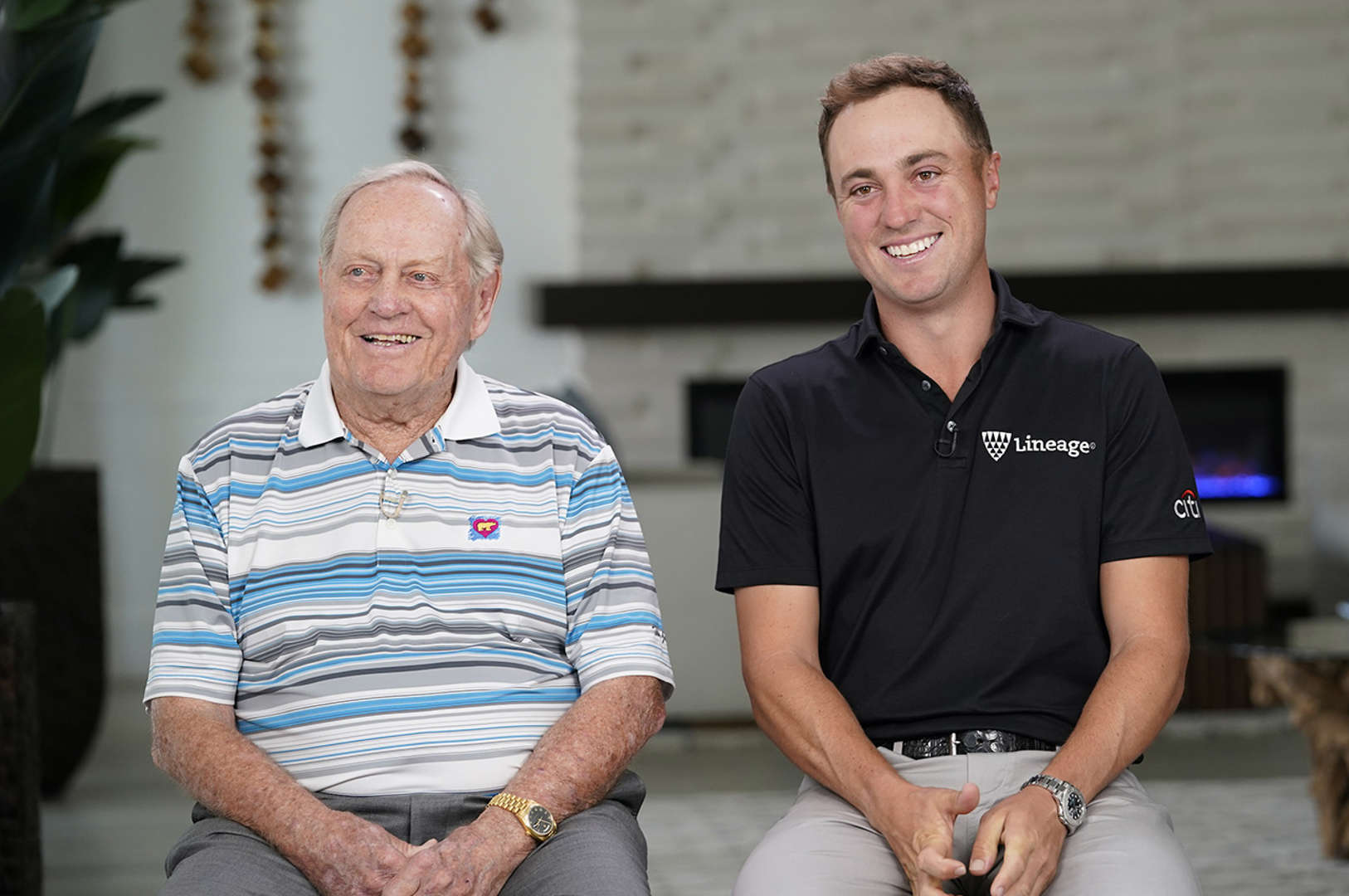At Panther National, Justin Thomas’ first design credit coming into view
BY: SEAN ZAK
On a recent afternoon, Justin Thomas gazed out what will become the sprawling practice green at a new course he is helping to design just inland from his Jupiter Island, Fla., home. He nodded his head in approval, then turned to his right.
“You like golf course architecture?”
he asked me.
I nodded before quickly volleying the same question back to him.
“Oh, yeah,”
he said, as if there were any doubt.
Within a few hours it became clear there was no doubt. Thomas had flaunted some of his design acumen that morning, explaining why Innisbrook is one of his favorite courses on the PGA Tour schedule and what “fair” looks like to the best players in the world. But later that day, as he took his latest scouting mission at Panther National, a Jack Nicklaus Signature design that Thomas is consulting on and which is now just eight months from opening, Thomas showed just how involved he really is. (Nicklaus Design and GOLF.com are affiliates of 8AM Golf.)
Thomas is a big name in golf. But the Panther National design team stresses he wasn’t brought in only for his star power. (Thomas actually invested his own money in the project, and millions at that.) The two-time major winner has been providing valuable insights through the lens of a modern, elite player. He has offered input on features like the slopes of downhill par-5s and the deception of sight lines from the deepest tee boxes; he even helped design a driving range that the world’s best players would want to visit.
As our trio of Kabota all-terrain vehicles retraced the 11th hole in reverse, Thomas’ value to Panther National began to crystallize. The hole is a 600-plus-yard par-5 that is meant to play a bit like the 18th at Kapalua. In other words, if you can find the speed slot, your tee ball may roll out to 400 yards. The one problem Thomas recognized months ago was the downslope wasn’t reachable.
“It says 650 yards on the scorecard but it was really just a 125-yard par-3” he said, meaning it didn’t matter where your first shot went or how far your approach was from the hole. After two strokes, most balls were going to cumulate into the same basin. That’s no good. So Thomas requested a reshaping of the hill that tee balls would land on, cutting away dirt from the left side. If you find the fairway out to the right, it’s probably going to be a lay-up. But if you can funnel it through left side of the fairway, suddenly you can gain another 60-70 yards on rollout. Now it’s gettable in two.
Says Scott Hedge, the project’s VP of development:
“That’s what he brings to the table, that experience. How you play in today’s game.”
What’s new in Florida golf in 2023? Here’s what traveling golfers need to know
From massive muni updates to resort refreshes to private club nips and tucks to all-new courses comi
Jack Nicklaus was asked what makes Panther National different: ‘Did you look around?’
“From the start, the vision was clear, to create a golf experience unlike any other found in South
PANTHER NATIONAL LUXURY GOLF COMMUNITY IN PALM BEACH GARDENS, FL. REPORTS “OVERWHELMING” EARLY SUCCESS
Panther National, the luxury golf community currently under development in upscale enclave Palm Beac






